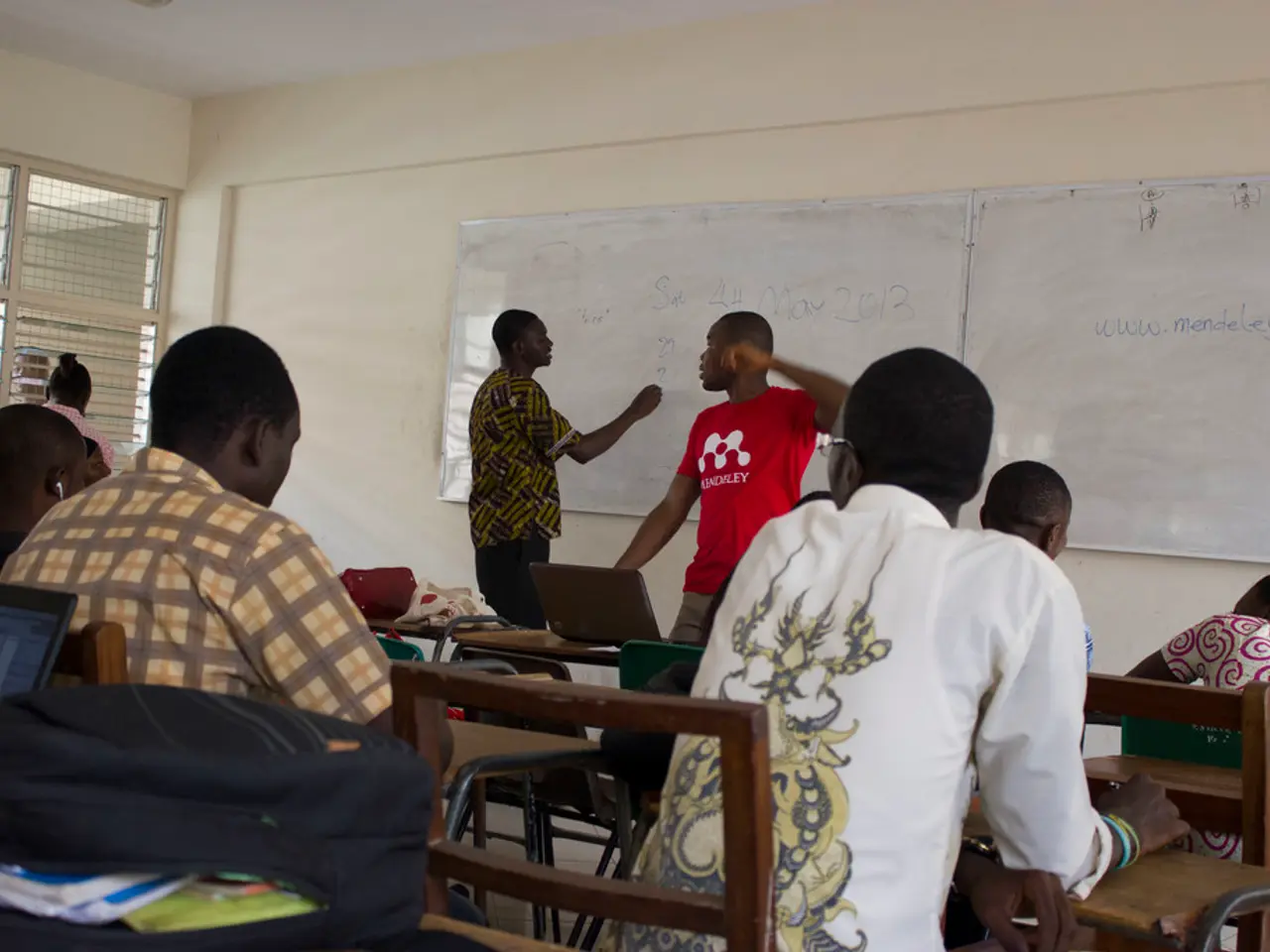Promoting Academic Achievement: Homework and Cooperative Education Strategies
In today's rapidly evolving educational landscape, the integration of collaborative learning into homework environments is becoming increasingly significant. This shift is reshaping traditional homework practices, fostering a deeper understanding of concepts, enhancing teamwork skills, and making learning more engaging and enjoyable.
One essential strategy for successful integration is assigning structured roles and clear goals within groups. By assigning distinct roles such as facilitator, researcher, or presenter, students contribute meaningfully and understand their responsibilities. Setting SMART (Specific, Measurable, Achievable, Relevant, Time-bound) goals provides direction and purpose, fostering accountability and focus.
Platforms like Homeworkify offer online forums and group project features, enabling students to ask questions, share insights, and learn from peers in real time. These environments encourage risk-taking and provide a safety net for struggling learners. Real-world problem-solving tasks increase engagement and help students see the practical applications of their learning, deepening understanding and retention.
Technological tools such as collaborative documents (Google Drive, Microsoft OneDrive), brainstorming platforms (Mural), and online communities (Piazza, InScribe) streamline group work, support asynchronous collaboration, and enhance transparency and accountability. The Jigsaw Technique, where assignments are divided into segments and assigned to group members, promotes interdependence, accountability, and comprehensive understanding.
However, implementing collaborative homework presents challenges such as varying levels of student participation, disparity in academic abilities, and time constraints. To overcome these obstacles, educators should provide clear guidelines for collaborative assignments, ensuring each student understands their role. Strategies to address these challenges include establishing clear roles within groups, encouraging the use of digital collaboration tools, and providing guidance on conflict resolution.
Success stories and case studies showcase the positive impact of integrating homework and collaborative learning in educational settings. Assessment criteria for collaborative homework should encompass various dimensions, focusing on students' individual contributions, collaboration within groups, engagement level, quality of work produced, and feedback mechanisms.
Looking ahead, future trends in collaborative homework include the use of AI-powered analytics, hybrid and asynchronous models, gamification and immersive technologies, a focus on soft skills, global collaboration, and continuous feedback loops. Advanced analytics and generative AI can provide real-time feedback, identify participation patterns, and suggest personalized interventions to enhance collaboration and learning outcomes.
Blending synchronous and asynchronous collaboration allows flexibility, catering to diverse schedules and learning preferences. Incorporating game elements, VR, and AR into collaborative homework can increase engagement and simulate real-world teamwork scenarios. As automation and AI become more prevalent, the development of communication, empathy, and teamwork through collaborative homework will be increasingly valued.
Digital platforms enable cross-cultural and international group projects, preparing students for a globally connected workforce. Schools will increasingly use iterative feedback from both students and teachers to refine collaborative practices, ensuring they remain effective and inclusive.
In conclusion, integrating collaborative learning into homework environments offers significant benefits—enhanced engagement, deeper understanding, and development of essential soft skills—but requires thoughtful implementation to address challenges like equity, assessment, and technology access. Future trends point toward greater use of analytics, AI, and immersive technologies, alongside a growing emphasis on global collaboration and lifelong skill development.
- To ensure a high level of personal growth and learning during collaborative homework, it's important to employ instructional strategies like assigning structured roles and SMART goals, which help students contribute meaningfully and understand their responsibilities.
- e-Learning platforms can play a crucial role in fostering teamwork skills by providing online forums and group project features, enabling students to interact and learn from peers in real-time, making learning more engaging and enjoyable.
- As education and self-development continue to evolve, future trends in collaborative homework might include the use of AI-powered analytics to offer real-time feedback and identify participation patterns, promoting continuous learning and personal growth.




